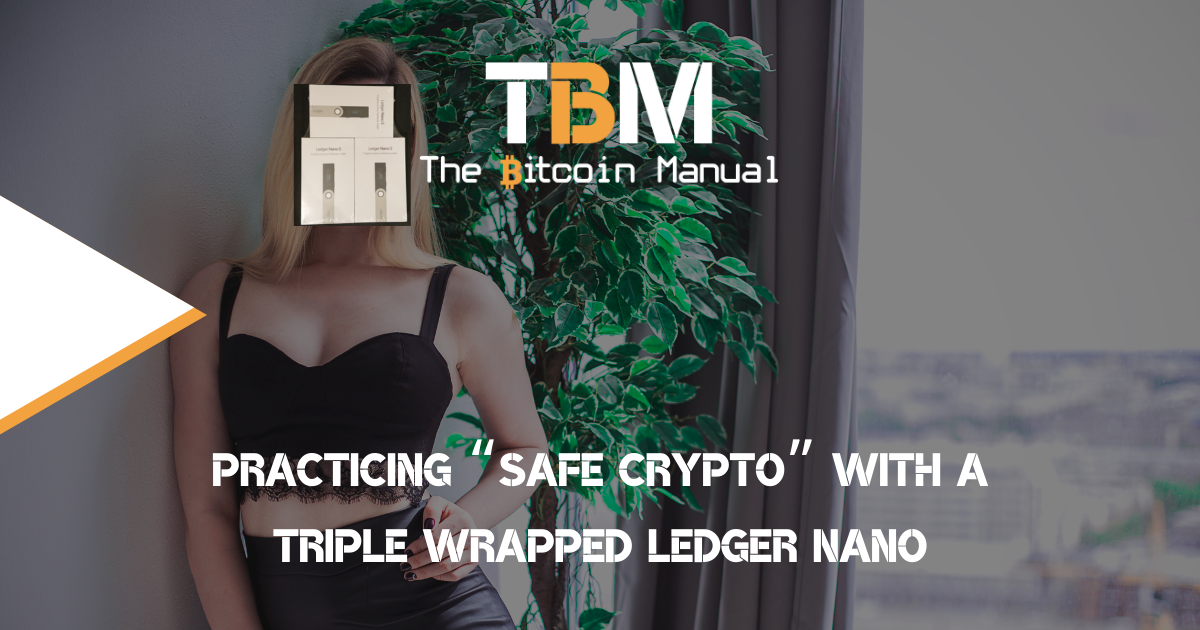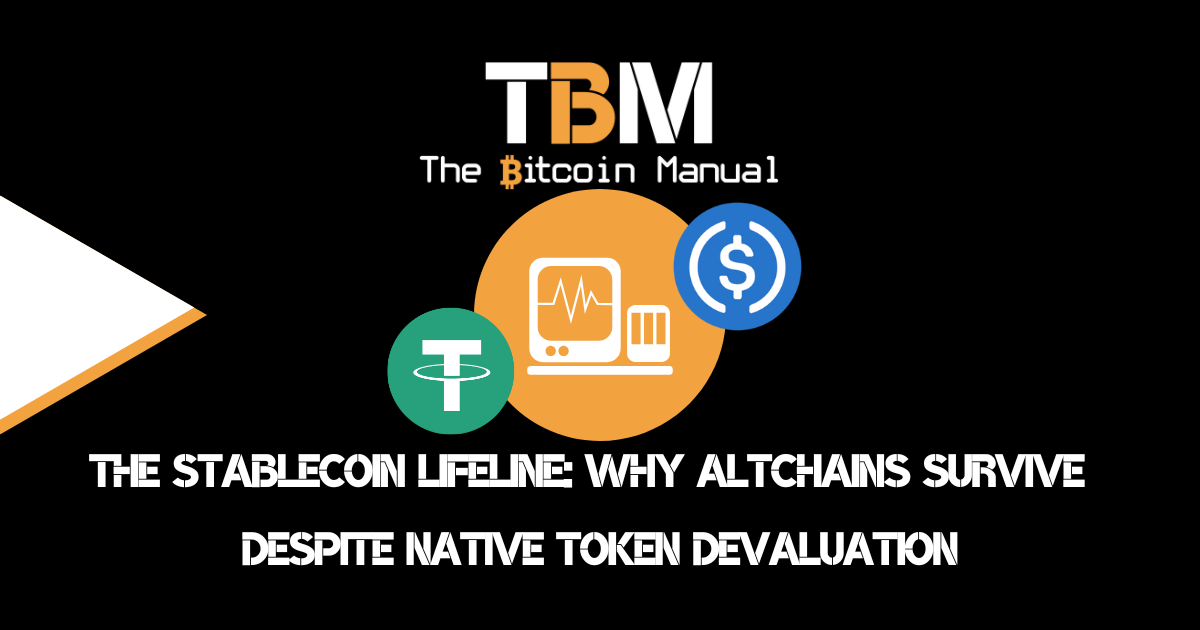Don’t Be A Fool, Cover Your Tool
And that tool is your crypto stash lol.
As always, speaking to my mate @chekohler about our Strat-Stack-Sats (Strategy to Stack Sats every Saturday) brings about the conversation around how we store our crypto safely. Neither of us are too keen on leaving funds on exchanges and I wouldn’t recommend anyone doing it unless you absolutely have to – I would say that seeing as I’m a forever HODLER!
However, when I started out on this crypto journey back in December 2017, before I even went ahead and converted my fiat to crypto, the first thing I wanted to know about was how the heck do you even keep your crypto safe? Something felt a little uncertain about keeping crypto on exchanges and after reading a few documents, one pointed to things such as “paper wallets” and “hardware wallets” which piqued my interest!
Paper Wallets
Effectively, you print off all your information such as your wallet address, private key and whatnot. Then you keep that piece of paper in a secure place like a plastic wallet and maybe even an actual safe – and don’t lose it! The benefits of course being that no-one online can hack a piece of paper!
However, paper does degrade unless you laminate or vacuum wrap it or it’s prone to fire and basically, the amount of papers we have in our house, it could easily get chucked out in the recycling and so, for me, I’d much rather prefer the hardware wallet option.
Hardware Wallets
These are basically encrypted USB sticks that have multiple layers of security added in such as logging on to the USB stick itself, logging in to the hardware wallet software with a password and your ultimate back up being a 24 word sequence that, should you need it in worse case scenario of losing the USB stick, you can just use that word sequence to load your funds on to another one. Oh did I mention already… DON’T LOSE IT haha!
Ledger
My preferred crypto protective tool of choice is the Ledger Nano S and it was the first thing I bought in crypto before anything else. It was a learning curve to begin with but the short tutorial videos from Ledger (the company behind the hardware wallet) were really easy to follow and, like with everything, once you’ve done it a couple of times, it’s not so daunting really.
Over Protective?
Is it possible to be over protective of your crypto stash? I don’t think so but then again, to someone who has never come across Bitcoin and cryptocurrency before, looking after your own finances and being the sole person in charge can be daunting and that’s OK.
There are crypto custodial services out there that operate similarly to a bank and are a bit more regulated but for me, I quite like having control at least over this part of my finances so I decided to get myself the family pack of ledger nano S, which contains 3 USB sticks. I may use them to spread out my holdings as I acquire more (literally being my own bank) or gently ease my friends/family in to it – Christmas is coming up after all!
The pack arrived earlier today and I have to say, I’m weirdly excited even though I know exactly what they do and how to use them haha! The good news is that there’s a discount on the family pack vs buying individually and there’s also the Ledger Nano X which is if you are planning on taking your crypto out and about and use it to buy things with (which might well happen in the coming months or years a bit more regularly)!
So how do you store your crypto stash? Do you practice “safe crypto”? Or are you a crypto fool not covering your tool? Haha!
Let me know in the comments below
Nicky
P.S. I’ll probably be rejuvenating my Havey’s Guides to cover the basics even more if this is still of interest.
P.P.S. I’m not a financial advisor, this is not financial advise, do your own research etc.




